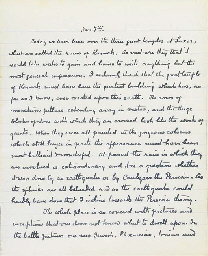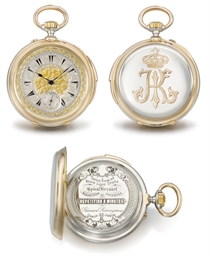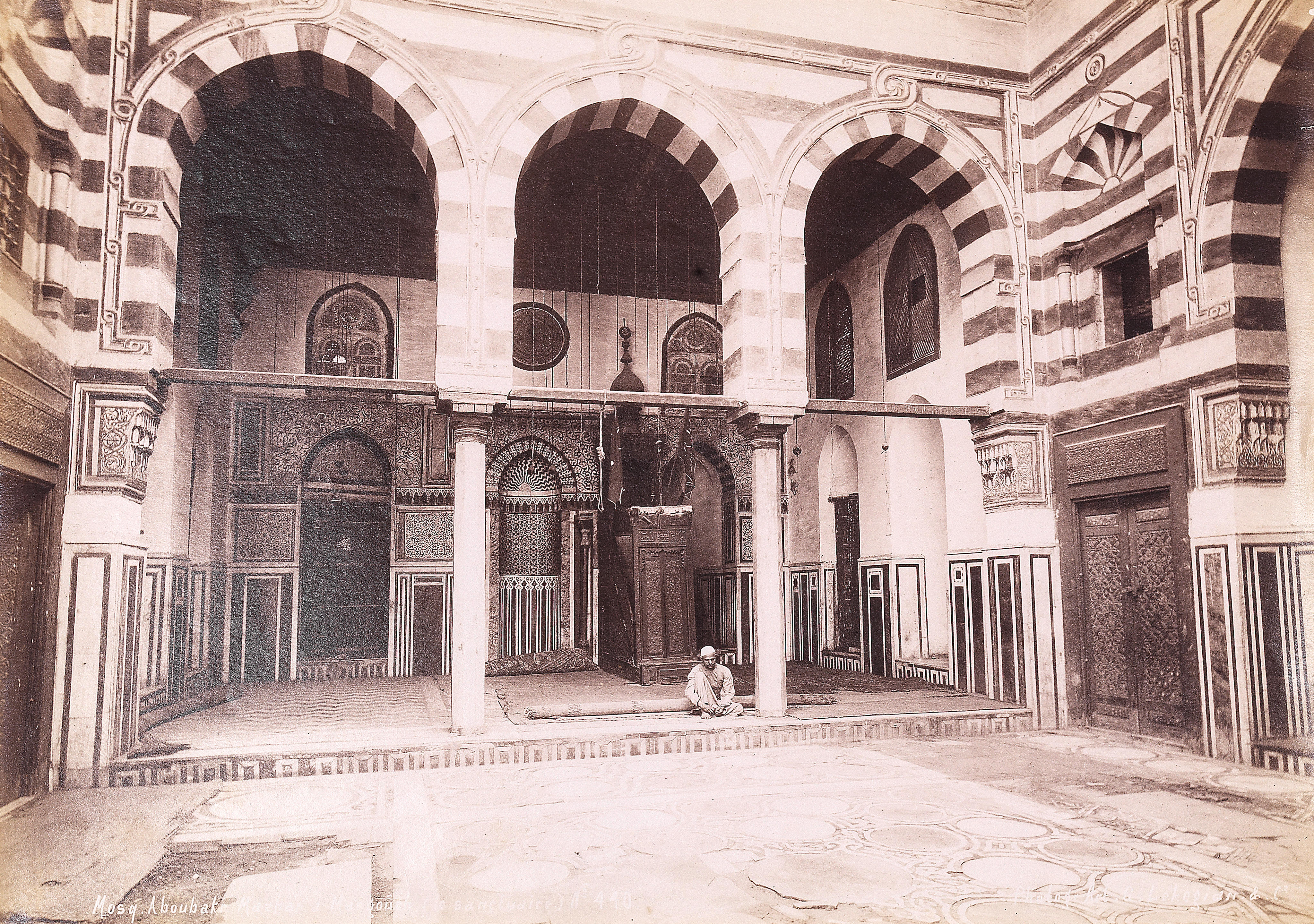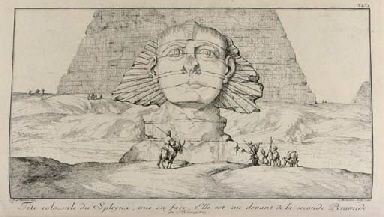An Egypt and Sudan D.C.M. group of three awarded to Sergeant W. Eaton, Royal Artillery, for gallantry at Abu Klea, 17 January 1885, and afterwards at Gubat, 19 January, for which he was awarded the D.C.M. and promoted Sergeant - Gunner A. Smith also of the 1st Battery, 1st Brigade, Southern Division, was awarded the Victoria Cross for his gallantry at Abu Klea Distinguished Conduct Medal, V.R. (23579. Corp: W. Eaton. 1/1. So: Div: R.A. 17 & 19th. Jan: 85); Egypt and Sudan 1882-89, undated reverse, 2 clasps, The Nile 1884-85, Abu Klea (23579. Corp: W. Eaton. 1/1 So: Div: R.A.); Khedive’s Star 1884-6, reverse impressed ‘23579’, edge bruising and contact marks, very fine (3) £3400-3800 Footnote Provenance: Spink, April 1999. D.C.M. awarded for the battles of Abu Klea 17 January 1885 and Gubat 19 January 1885. Recommendation submitted to the Queen 6 November 1886 (General Order 150 of 1886). William Eaton was born in Manby, Lincolnshire, and attested for the Royal Artillery at Portsmouth, in December 1880. He advanced to Corporal, and served with the 1st Battery, 1st Brigade, Southern Division, Royal Artillery in Egypt, February 1884 - February 1887. Eaton accompanied the 1st Battery as part of the column that was sent up the Nile to relieve General Gordon in Khartoum, and was one of four Officers and 42 other ranks from the 1st Battery present at Abu Klea. Armed with three 2.5 inch R.M. “Screw” Guns, which were transported on camels, the Battery played a prominent role at Abu Klea and Gubat. At Abu Klea the guns were positioned in front face of the square formation, ‘it was clear from the start that the advance would be strongly opposed and that the square was likely to be subjected to continuous attack from several directions as it moved slowly forward. When the march began the guns were carried on their camels, but soon they were taken off, assembled, and then hauled forward with drag ropes so as to be ready for instant action. Thereafter they were constantly required to be brought into action to fire a few rounds through gaps in the perimeter at the swarms of menacing horsemen who were circling round the square seeking an opportunity for attack. Presently a large formed body of enemy appeared on the left front and charged the square. The guns engaged them with shrapnel, the spongemen swinging their long spongestaffs as they rammed the charges and shell from the muzzle to keep up their three rounds a minute. The rifles of the infantry mowed down great blocks of the enemy’s front line but all the time others surged forward to take the place of those who had fallen. The attack was held in front but the charge broke the left rear of the square by sheer weight of numbers and a hand to hand combat began inside it.’ (Honour Titles of the Royal Artillery, by Major-General B. P. Hughes, refers) When the square was broken, the artillerymen fought the enemy hand-to-hand, with Gunner A. Smith and Sergeants W. Eaton and T. Lee distinguishing themselves during the battle. There, ‘was no confusion, or even alarm, as the intruders were grimly evicted; but the enemy were right among the guns for a few moments and quick thinking and action were required of men who had other tasks to carry out. Lieutenant J. D. Guthrie knocked down the Arab who was upon him but fell in the ensuing melée. Then Gunner Albert Smith seized the handspike of his gun and brained the Arab with it, and thereafter, still armed with the same effective weapon, held off all comers till none remained. So, after a sharp struggle, the enemy were eliminated and Gunner Smith was awarded the Victoria Cross for his action in saving the life of his officer.’ (Ibid) For his own gallantry on that fateful day, and afterwards at Gubat, Eaton was awarded the D.C.M. and promoted to Sergeant. Although Eaton intended to be a career soldier, he died whilst home on furlough 12 May 1892, at St. Peter’s Hospital, London.
An Egypt and Sudan D.C.M. group of three awarded to Sergeant W. Eaton, Royal Artillery, for gallantry at Abu Klea, 17 January 1885, and afterwards at Gubat, 19 January, for which he was awarded the D.C.M. and promoted Sergeant - Gunner A. Smith also of the 1st Battery, 1st Brigade, Southern Division, was awarded the Victoria Cross for his gallantry at Abu Klea Distinguished Conduct Medal, V.R. (23579. Corp: W. Eaton. 1/1. So: Div: R.A. 17 & 19th. Jan: 85); Egypt and Sudan 1882-89, undated reverse, 2 clasps, The Nile 1884-85, Abu Klea (23579. Corp: W. Eaton. 1/1 So: Div: R.A.); Khedive’s Star 1884-6, reverse impressed ‘23579’, edge bruising and contact marks, very fine (3) £3400-3800 Footnote Provenance: Spink, April 1999. D.C.M. awarded for the battles of Abu Klea 17 January 1885 and Gubat 19 January 1885. Recommendation submitted to the Queen 6 November 1886 (General Order 150 of 1886). William Eaton was born in Manby, Lincolnshire, and attested for the Royal Artillery at Portsmouth, in December 1880. He advanced to Corporal, and served with the 1st Battery, 1st Brigade, Southern Division, Royal Artillery in Egypt, February 1884 - February 1887. Eaton accompanied the 1st Battery as part of the column that was sent up the Nile to relieve General Gordon in Khartoum, and was one of four Officers and 42 other ranks from the 1st Battery present at Abu Klea. Armed with three 2.5 inch R.M. “Screw” Guns, which were transported on camels, the Battery played a prominent role at Abu Klea and Gubat. At Abu Klea the guns were positioned in front face of the square formation, ‘it was clear from the start that the advance would be strongly opposed and that the square was likely to be subjected to continuous attack from several directions as it moved slowly forward. When the march began the guns were carried on their camels, but soon they were taken off, assembled, and then hauled forward with drag ropes so as to be ready for instant action. Thereafter they were constantly required to be brought into action to fire a few rounds through gaps in the perimeter at the swarms of menacing horsemen who were circling round the square seeking an opportunity for attack. Presently a large formed body of enemy appeared on the left front and charged the square. The guns engaged them with shrapnel, the spongemen swinging their long spongestaffs as they rammed the charges and shell from the muzzle to keep up their three rounds a minute. The rifles of the infantry mowed down great blocks of the enemy’s front line but all the time others surged forward to take the place of those who had fallen. The attack was held in front but the charge broke the left rear of the square by sheer weight of numbers and a hand to hand combat began inside it.’ (Honour Titles of the Royal Artillery, by Major-General B. P. Hughes, refers) When the square was broken, the artillerymen fought the enemy hand-to-hand, with Gunner A. Smith and Sergeants W. Eaton and T. Lee distinguishing themselves during the battle. There, ‘was no confusion, or even alarm, as the intruders were grimly evicted; but the enemy were right among the guns for a few moments and quick thinking and action were required of men who had other tasks to carry out. Lieutenant J. D. Guthrie knocked down the Arab who was upon him but fell in the ensuing melée. Then Gunner Albert Smith seized the handspike of his gun and brained the Arab with it, and thereafter, still armed with the same effective weapon, held off all comers till none remained. So, after a sharp struggle, the enemy were eliminated and Gunner Smith was awarded the Victoria Cross for his action in saving the life of his officer.’ (Ibid) For his own gallantry on that fateful day, and afterwards at Gubat, Eaton was awarded the D.C.M. and promoted to Sergeant. Although Eaton intended to be a career soldier, he died whilst home on furlough 12 May 1892, at St. Peter’s Hospital, London.



/121346/Internet%20Image%201.jpg)

/116490/Internet%20Image%201.jpg)





.jpg)
.jpg)


Testen Sie LotSearch und seine Premium-Features 7 Tage - ohne Kosten!
Lassen Sie sich automatisch über neue Objekte in kommenden Auktionen benachrichtigen.
Suchauftrag anlegen